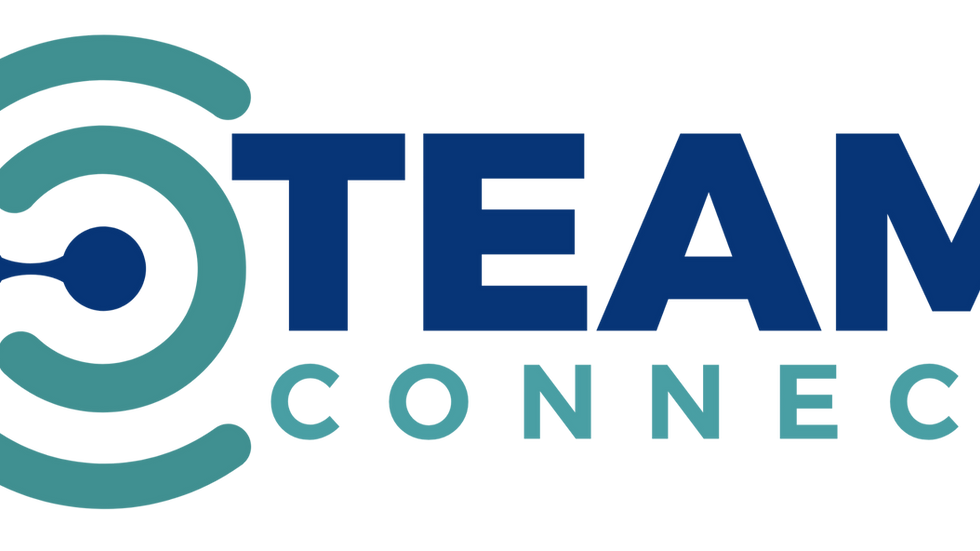Understanding the Transforming Episode Accountability Model (TEAM)
- APMConnect

- Jun 11
- 2 min read
Updated: Jun 27
So where do stakeholders stand? Let’s explore the key perspectives shaping the TEAM conversation—and what providers should be doing right now to prepare.
Support for the TEAM Model: Better Coordination, Better Outcomes
CMS believes that the TEAM model is designed to improve care transitions, reduce preventable readmissions, and enhance overall care delivery. This model makes hospitals accountable for total episode costs.
Supporters argue that financial accountability will drive hospitals to:
Strengthen discharge planning.
Partner more intentionally with post-acute providers.
Focus on measurable patient outcomes rather than volume.
CMS has stated that TEAM is about more than reimbursement—it's a blueprint for smarter, more coordinated care.
(Source: cms.gov)
Concerns about the TEAM Model: Financial Risk, Earnings Impact, and Operational Burden
Not everyone is convinced that TEAM is ready for implementation. Organizations like the American Hospital Association (AHA) and the Institute for Accountable Care have significant concerns:
🔹 Mandatory Participation + High Risk
The AHA has raised red flags about the model’s design—especially the mandatory participation and financial exposure it imposes. They argue that without adequate opportunities for shared savings or upfront support, providers are being asked to assume major risk with limited upside.
(Source: aha.org)
🔹 Potential Financial Losses
Research from the Institute for Accountable Care indicates that many hospitals may lose money under TEAM. Although hospitals in certain markets, such as Minneapolis-St. Paul, might see gains, others, like Denver, could experience average losses of $1,300 per episode.
(Source: modernhealthcare.com)
🔹 Administrative Complexity
Many commenters are concerned about the added layers of reporting, compliance, and coordination—especially for hospitals already participating in other Alternative Payment Models (APMs). Increasing administrative load could divert attention from patient care and stretch limited resources.
(Source: mcdermottplus.com)
Strategic Considerations for Hospitals
Regardless of individual perspectives, the reality is that TEAM is happening—and healthcare organizations can’t afford to wait until 2026 to respond.
Here’s what forward-thinking providers are doing now:
1. Assess Financial and Operational Readiness
Healthcare facilities should identify gaps in their care delivery model, staffing, episode management, and revenue cycle workflows that could expose them to risk.
2. Invest in Data and Analytics
Real-time performance tracking, benchmarking, and predictive insights will be critical. They can help identify risks—and opportunities—before they negatively affect the bottom line.
3. Strengthen Care Networks
TEAM demands enhanced coordination. Building or refining high-performing post-acute and specialty networks comes with clear protocols and shared quality goals.
4. Enhance Patient Engagement
Engaging patients throughout their care journey helps ensure better adherence to treatment plans. It can also improve outcomes, leading to reduced readmissions.
5. Continuous Training and Development
Organizations should provide ongoing training for staff regarding the TEAM model. Ensuring staff are well-informed will facilitate smoother transitions and care coordination.
Final Thought: One Model, Many Perspectives—But Only One Timeline
Whether you’re optimistic, skeptical, or somewhere in between, the TEAM model is on its way—and preparedness will be the biggest differentiator.
Listening to all sides of the conversation is essential. However, turning insights into actionable steps? That’s what will define success in this evolving landscape.

As the healthcare landscape shifts, it is crucial for stakeholders to engage in proactive planning. Understanding each perspective can facilitate meaningful dialogue. Ultimately, the ability to adapt and innovate will dictate the success of TEAM and its goal of transforming care accountability.



Comments